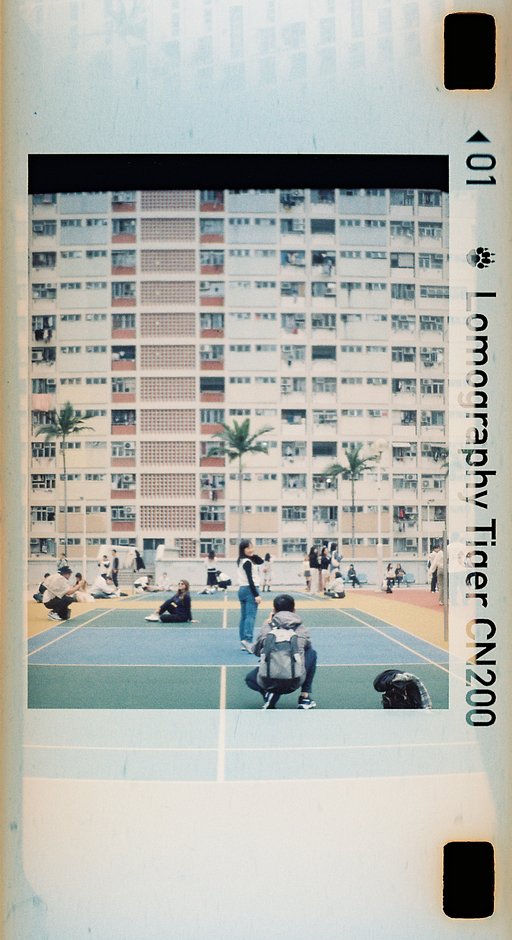A New Way of Doing Double Exposure with the Splitzer
12 31 Share TweetAs small as it may be, the splitzer for Lomo LC-A+ can lead you to a brave new world when it comes to double exposure. Expose a whole roll with the splitzer covering half of your lens and then shoot again covering the already exposed half. Voila! You have both the “surprise” factor and the assurance of a clearly exposed double exposure. Read on for details.
Like many lomographers here, I am a big fan of doing double exposures with the LC-A and LC-A+ and the surprisingly surreal images they create.

Basically there are two ways of doing doubles:
Old-school method.
In the days when we only had the good old LC-A (pre-2006 era), to do a double exposure, lomographers had to reload a roll that was already finished into the camera and shoot all over again. This technique remains popular among lomographers world wide even today, especially for transnational film swap projects. It is considered a favourite technique by many because of the “surprise” factor — the results are so unpredictable that you never know what you are going to get. Pleasant surprises abound, of course. However, I have to admit, there are as many unpleasant surprises as well. For instance, a day-time exposure may totally wash out a night-time exposure, thus making a double exposure look like any single exposure.

New method.
As the good old Russian LC-A was re-incarnated into the modern-day Chinese-made LC-A+, double exposure has become so much easier. You only need to press the MX button and voila! With this new method, you can plan well in advance what you want to shoot for a double exposure, making it much more predictable. There are two sides to every coin, though. The problem with this technique is that after shooting the first layer, I sometimes cannot find anything interesting around me to shoot as the second layer. And yet, I would like to continue shooting!

To solve this problem, I have invented a new way of doing doubles. You may think of it as a hybrid of the old school way and the new way. Here the splitzer (for the LC-A+) comes into play. Basically, you shoot a whole roll covering half of the lens (it can be upper or lower, left or right) and then shoot it a second time covering the already exposed half. This way you have best of both worlds, i.e., the “surprise” factor and assurance of both layers clearly shown in the final image (therefore no more washout).
While traveling in Thailand in December 2011, I thought it would be interesting to do a roll of doubles there. Normally I like to have sharply contrasted images for doubles to make the final result look as surreal as possible. So along that line, I decided to shoot the first layer in Bangkok and the second layer on the picturesque Phi Phi Island in the south. Bangkok, as everyone knows, is a vibrant metropolis with all the hustle and bustle of a big city while Phi Phi Island is all about the sun, the sea and the beach. So I shot a roll of Kodak E100VS in Bangkok with the splitzer covering the lower half of the lens (exposing only the upper half). And when I arrived at Phi Phi Island, I reloaded the roll into my LC-A+ and shot it a second time while covering the upper half of the lens again with the splitzer (exposing only the lower half).
The results were pretty much like what I expected: neither exposure dominates the whole image while at the same time the two exposures blend nicely where they meet. Note I shot many of the first exposures in Bangkok at night. Had I shot the roll without the splitzer, very possibly, they would have been washed out by the tropical sun on Phi Phi Island. Fortunately they were not, thanks to the splitzer.
I wish you would find this new way of doing double exposure interesting. If you’ve got any results using this technique, don’t forget to share with me!
The Lomo LC-A+ is known worldwide for its amazing features: automatic exposure, extended ISO range, and multiple and long exposure capabilities. Get your own Lomo LC-A+ now!
written by saviorjosh on 2012-04-19 #gear #tutorials #camera #tipster #lomo #double-exposure #thailand #lca #splizter




























12 Comments